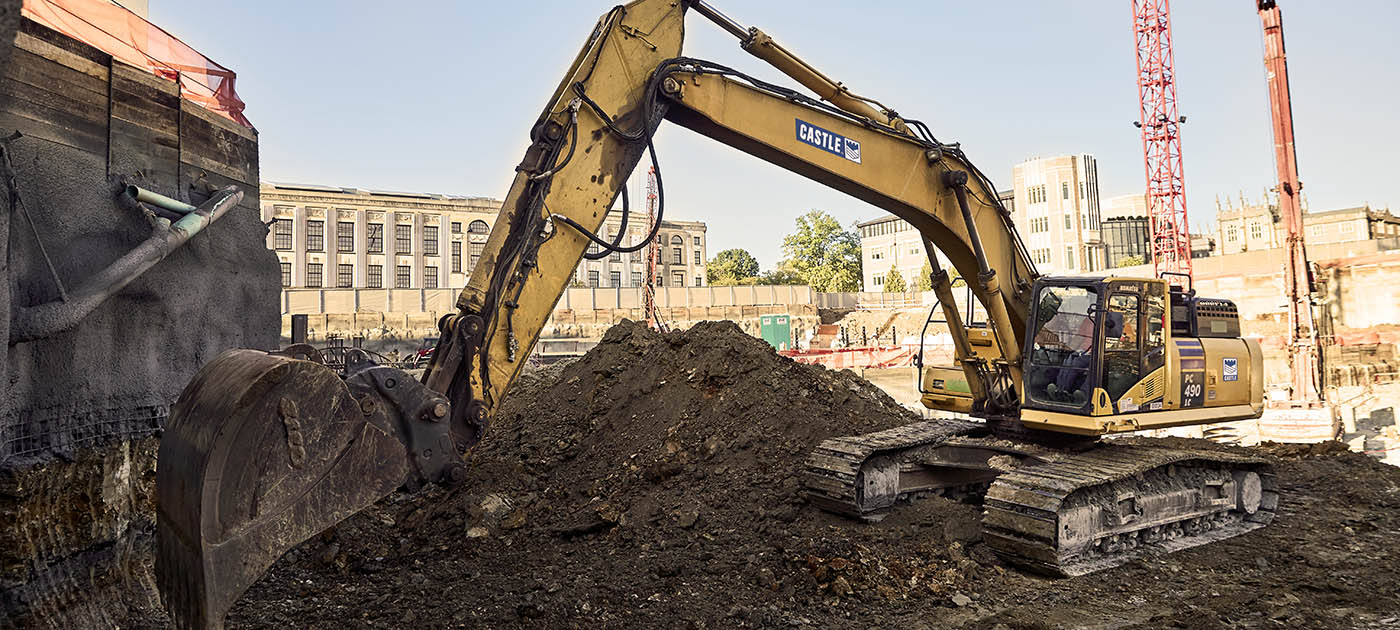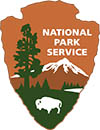Situation and Challenges:
Castle delivered sitework under four major contracts as part of the major revitalization of the Gateway Arch National Park, a five-year, $380 million program. Castle began its involvement with grading and excavation for the $10 million North Gateway, a seven-acre park with a natural amphitheater; continued with the $28 million complete renovation of the North and South Park Grounds; and completed with mass excavation and earthwork for the Gateway Arch Museum, a $96 million expansion of the subterranean museum.
Due to 150 years of prior building history on site, Castle performed subsurface utility mapping, including potholing and surveying, to provide the project team with accurate information on the identity and location of utilities to reduce conflict with unknowns on site during construction. The site required installation of 150,000 cubic yards of specialty soils that could not be over-compacted to ensure the integrity of the soil’s organic properties, so Castle utilized nontypical installation methods using small and lightweight equipment. Specialty soils included structural soils to support tree life and hardscapes, planting soils for ground coverings, and stabilizing soils for steeper banks/slopes.
Logistics were challenging, with multiple contracts and contractors working on the park, limited delivery pathways, and an active national monument. Large areas of existing grass and trees had to be protected while installing subsurface utilities in the middle, so the team minimized traffic to defined routes and barricaded off other areas. Two separate, uncharacteristic winter floods greatly impacted the work already put in place and limited work activities at times due to wet soils. A deep, vertical earth retention system allowed Castle to perform excavation and earthwork within a smaller footprint safely well beneath the bottom of the old museum.
Results:
Castle successfully supported installation of storm sewers, underdrain systems, sanitary sewers, water mains, underground electrical ductbanks, earthwork, grading, walls, pavement, planting soils, erosion control and slope stabilization, trees, shrubs, groundcovers, lawns, irrigation, furnishings, security measures, light fixtures, curbs, roads, ramps and stairs. Castle moved 300,000 cubic yards of dirt, hauling off approximately 80,000 cubic yards – the equivalent of 19 football fields with 10 feet of dirt each. Scope also included selective demolition and removal of existing furnishings, pavement, utilities, trees, shrubs, lawns, soils, and roads and provided protection of existing elements to remain.
The new park grounds now feature rehabilitated vegetation and landscaping, accessible pathways from the riverfront to the grounds, renovated reflecting ponds, upgraded lighting and new conveniences such as bike racks, drinking fountains and benches.






